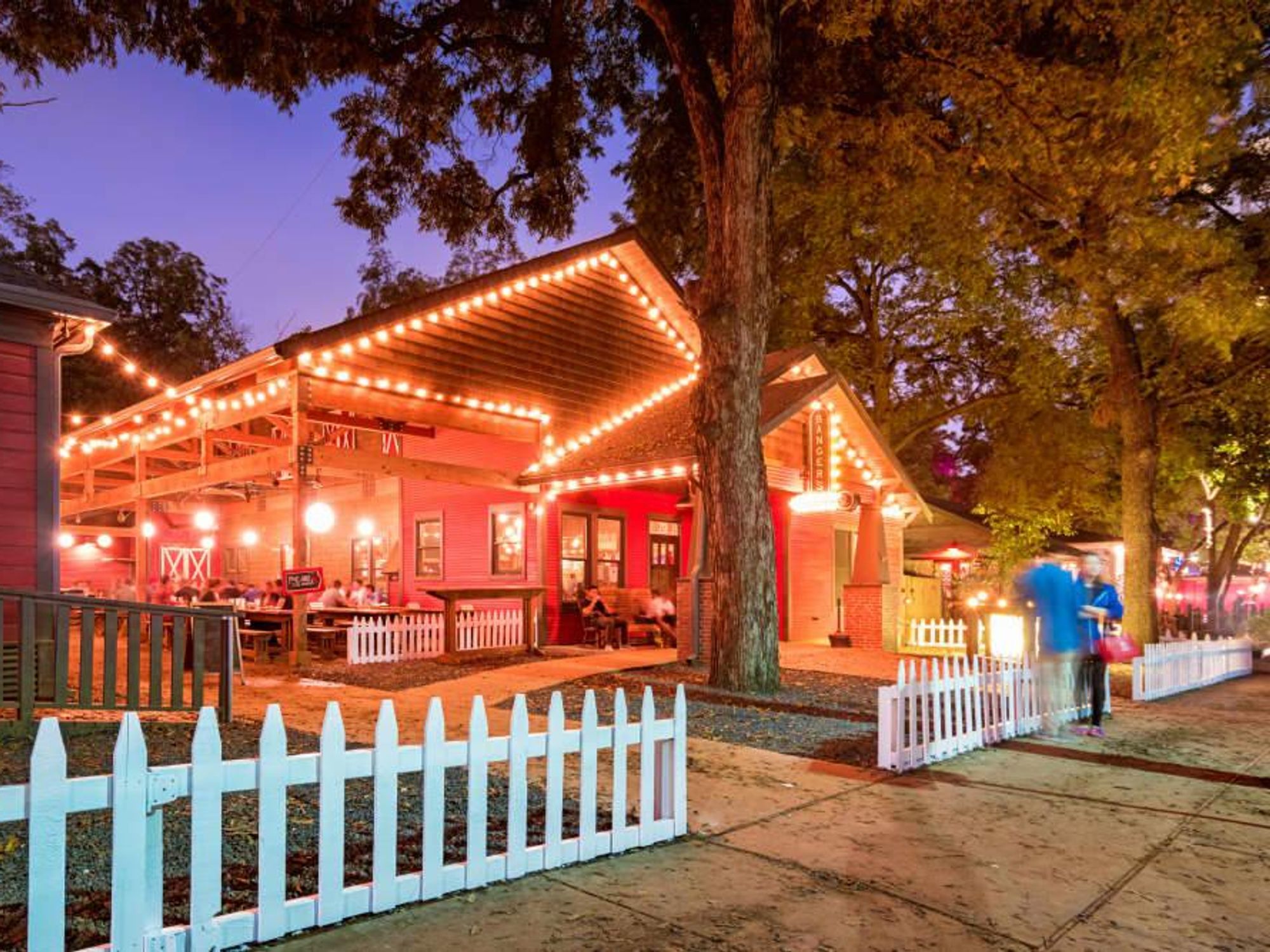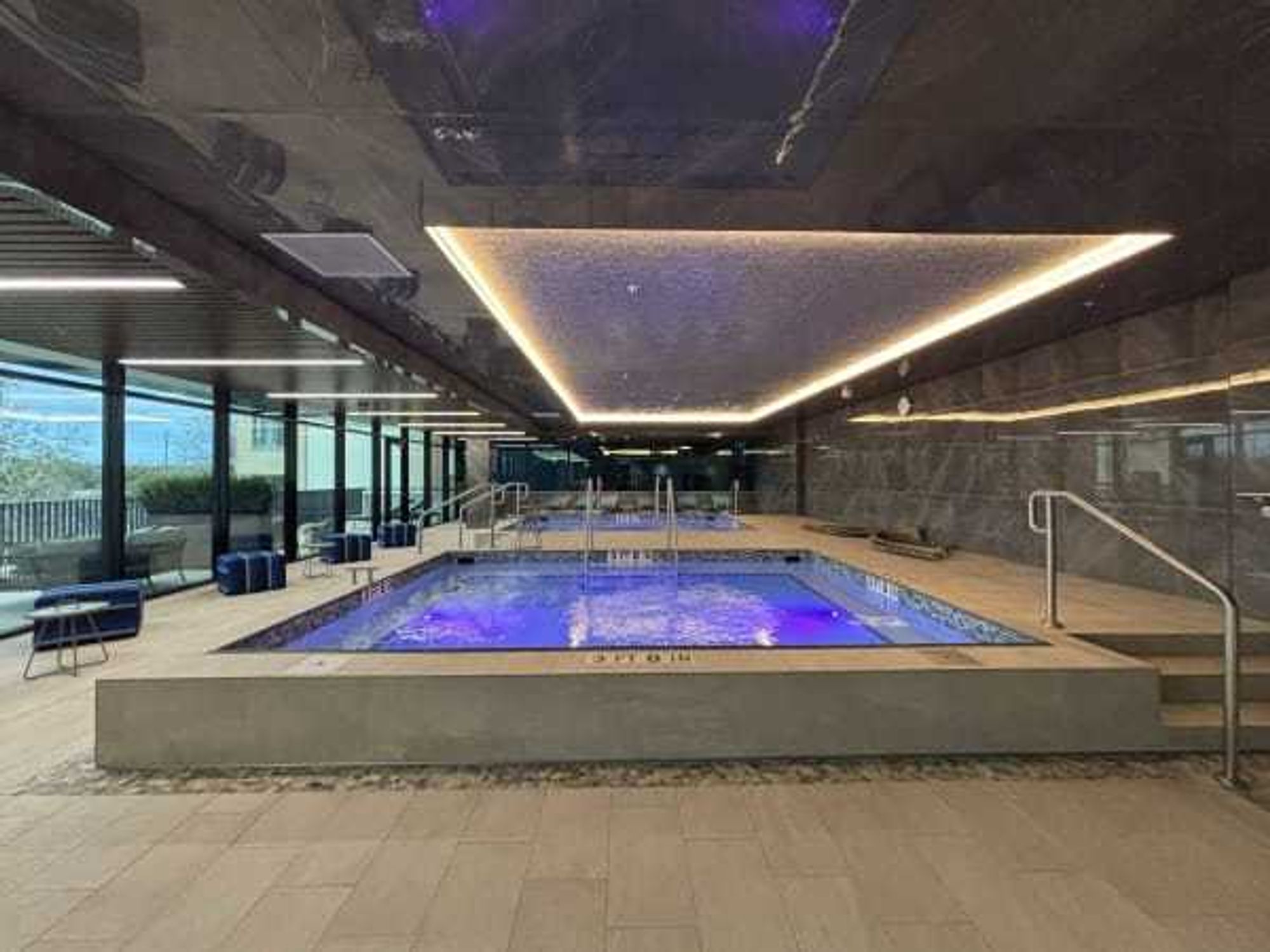History of Austin
The history of how a sleepy neighborhood turned into Austin's booziest strip

In 2019, Rainey Street conjures images of barhopping, day drinking, and the perpetual bachelor/ette party. But that wasn't always the case. In fact, the neighborhood's transformation from, well, a neighborhood into an Austin nightlife district only occurred in the past decade or so.
When cattle baron Jesse Driskill (proprietor of The Driskill Hotel) and Frank Rainey (confederate Army veteran) designated this small 120-acre neighborhood in 1884, little did they know that it would one day become a flourishing entertainment district with international fanfare. The district was mapped in the southeast downtown quadrant between Rainey Street and the Colorado River, long before I-35 dissected East Austin from downtown.
The original Rainey Street homes were built between 1885 and 1937, though many of those of the original homes were wiped out by the devastating flood of 1935.
Neighborhood children attended nearby Palm School, and the district initially consisted of working class tradesman and their families. Following the floods, many of these families fled for the suburbs and the street attracted primarily Hispanic residents beginning in the 1950s. The rebuilt homes were created in bungalow style, including several featuring large porches.
When I-35 was built through downtown Austin in 1956, Rainey Street was severed from East Austin, creating feelings of isolation for many residents. During that time, downtown Austin was only lively during business hours, and there was very little activity on evenings and weekends.
Despite its relative isolation from the cultural hubs of East Austin and downtown during this period, Rainey Street was still becoming prime property. Its location near downtown caught the attention of developers eyeing the neighborhood for uses other than housing, as well as with activists insisting on the historic preservation of the neighborhood.
In 1985, the activists won, and Rainey Street Historic District was listed with the National Register of Historic Places. With the designation in place, the neighborhood experienced a period of calm for a few decades until zoning implemented in 2004 and 2005 allowed businesses to enter the area.
Before the zoning change, animals roamed freely down the street. One such beloved animal was Geraldine, one of many guinea hens who called Rainey home. Geraldine was the last of the guineas before the change and outlived the others. Even as the neighborhood changed, many of the area residents began to look out for Geraldine to ensure she wasn't in harm's way. Geraldine spent the day on the loading dock of The Milago (site of her former residence), seeking shade and avoiding the increasing number of cars, cabs, and bikes.
Eventually a group of concerned citizens brought in a guinea expert for consultation. It was determined that Geraldine was a he (Gerald?) and it was best for him to live out the rest of his days in familiar surroundings. Alas, fate intervened, and Geraldine was run over and killed on August 11, 2014.
Although Geraldine is gone, her/his spirit is immortalized in the nearby Hotel Van Zandt's restaurant, Geraldine; an image at the Skyhouse apartments; and picture at the Rainy Street outpost of Royal Blue Grocery.
Speaking of the Hotel Van Zandt, the 16-story Kimpton hotel was built in the Rainey District, at 605 Davis Street, in 2015. The hotel is named for Isaac Van Zandt (a Republic of Texas legislator) and his third great grandson, the legendary singer and songwriter, Townes Van Zandt. The hotel hosts live music, and even has a full-time director of music and social programming dedicated to keeping and maintaining an authentic Austin vibe.
One of the early bar owners of Rainey Street was the visionary Bridget Dunlap. Rather than construct new buildings, she instead chose to renovate existing homes, giving each bar a unique feel, beginning with the original Lustre Pearl, which now sits on the east side. Dunlap's other establishments — Clive, Container Bar, and a newer version of Lustre — still sit on the strip.
One by one, single-family homeowners have left due to many reasons, including an explosion of property tax rates. Earlier this month, the last hold out, a musician named John Contreras, finally listed his property for $2.6 million. His family home at 71 Rainey St. was built in 1910 and bought by his grandparents in the 1940s.
Despite being a destination for tourists and rambling drinkers, the small street still allows cars, though city planners intend to ease transportation and mobility in the area by installing speed bumps, sidewalks, and bus stops. As Austin experiences growing pains, so does this funky and unique neighborhood.

 Pilates is one of the many modalities on the schedule.Photo courtesy of Life Time
Pilates is one of the many modalities on the schedule.Photo courtesy of Life Time


 This giant sauna doubles as a social amenity.Photo courtesy of Life Time
This giant sauna doubles as a social amenity.Photo courtesy of Life Time The Life Time Lounge offers another place to hang out.Photo courtesy of Life Time
The Life Time Lounge offers another place to hang out.Photo courtesy of Life Time